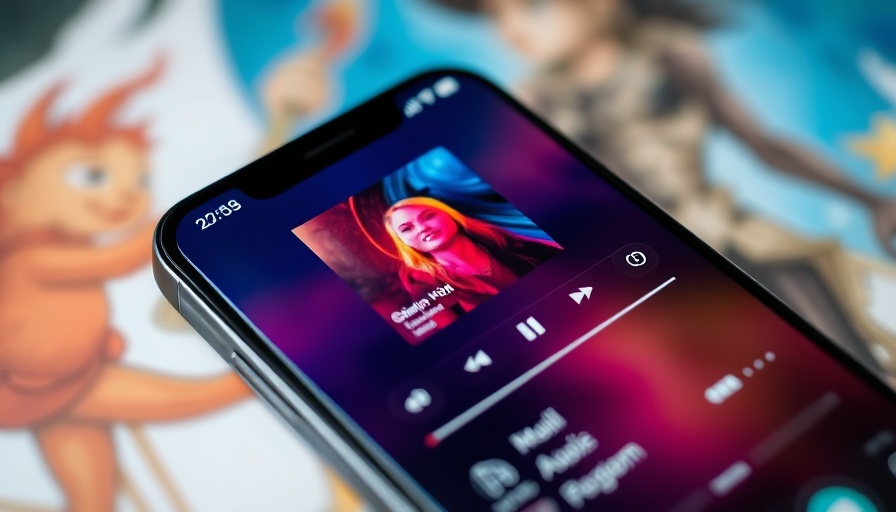
Apple's Bold Move: The Liquid Glass Overhaul
At the recently concluded Worldwide Developers Conference (WWDC) 2025, Apple made waves with the announcement of iOS 26, marking the arrival of a significant redesign that the tech community has been eagerly awaiting. Dubbed the "Liquid Glass" interface, it introduces a fresh and visually striking aesthetic that encompasses all Apple devices, from iPhones to MacBooks, and even smart TVs. This ambitious redesign is not just a visual gimmick; it’s a fundamental change to the user experience across Apple’s ecosystem.
Visual Aesthetics Vs. Usability: A Fine Balance
One of the core elements of this redesign is the concept of glassmorphism, which aims to create a sense of depth and dimensionality through layered translucent elements. While the design is visually intriguing, one major concern that has arisen is its impact on usability and accessibility. Icons and menus are becoming more vibrant and implicated with transparency, which may affect text readability and overall navigation, especially for users with visual impairments. Many are pondering whether Apple will find a way to balance this new artistic direction while maintaining its user-friendly ethos.
Historical Context: Apple's Design Evolution
To understand this leap into glassmorphism, we must consider the historical context of Apple's design philosophy. Apple’s overhaul in iOS 7 was the last major change to the user interface nearly twelve years ago. This change marked a departure from the skeuomorphic designs of previous iterations, which were criticized for being overly literal and less modern. With Liquid Glass, Apple is now pushing the boundaries once again, aiming to innovate while addressing the criticisms of stagnation that the company has faced in recent years.
Risks and Trade-offs: Is Apple Ready?
Every groundbreaking change comes with inherent risks, and for Apple, the liquid glass interface could either elevate their brand or lead to backlash. As users gravitate towards a more personalized digital experience, Apple risks alienating some current users who may not resonate with the new design language. The previous iterations focused heavily on accessibility and ease of use; thus, many are concerned that this new aesthetic might complicate relations with a user base that relies on intuitive interfaces.
Predicting User Reactions: Love it or Hate it?
As with any design change, user reactions will vary greatly. The tech-savvy crowds who thrive on innovation might embrace the fresh look, while long-time Apple fans may view this change as unnecessary or frivolous. Reviewers and early adopters will likely dissect and critique the new design in detail, with some praising its modernity while others lament its departure from tradition.
Future Trends: The Impact of Aesthetic Change on Tech
The trend that Apple sets with iOS 26 could have far-reaching effects across the tech industry. Design advancements in one operating system often inspire similar shifts in competitors. As manufacturers and developers watch Apple take these risks, we might see a wave of similar attempts at aesthetic overhauls across major platforms. Will companies leap at this chance to innovate, or will they opt for more traditional approaches? The answer will shape technology and user interaction in the coming years.
Conclusion: Navigating Through the Glass
As Apple embarks on this ambitious redesign journey, the key challenge will be balancing artistic expression with practical utility. The Liquid Glass overhaul of iOS 26 could usher in a new era of interactive design that revolutionizes how we engage with devices, however, it is crucial to prioritize accessibility and usability. For Apple, this journey marks a pivotal crossroads: it can either cement its status as a leader in tech innovation or prompt a reconsideration of its design philosophy.
With all eyes on iOS 26, the anticipation for feedback and eventual updates to the redesign are just beginning. For fans and critics alike, stay tuned as we navigate the criticisms and celebrations that the Liquid Glass redesign will undoubtedly spark.
 Add Row
Add Row  Add
Add 




Write A Comment